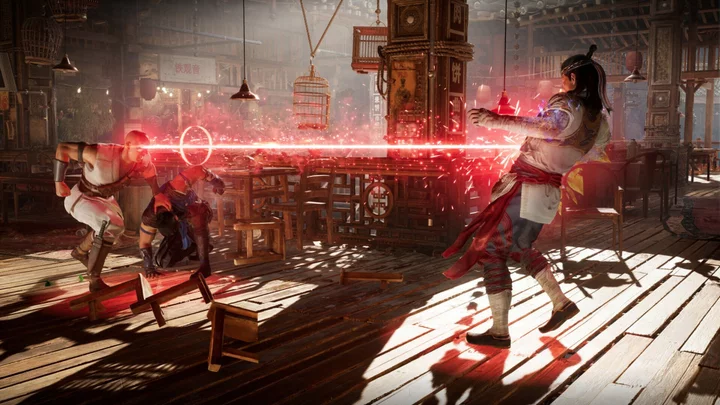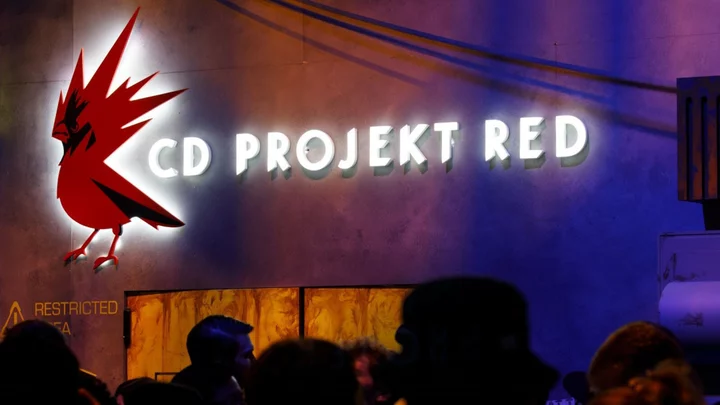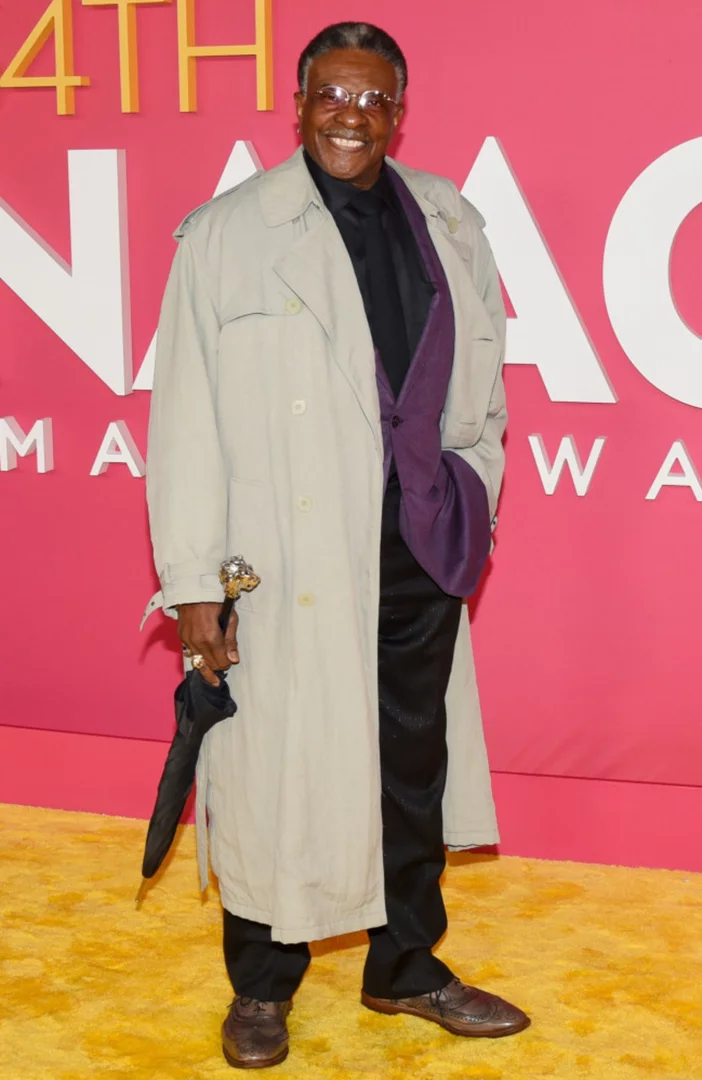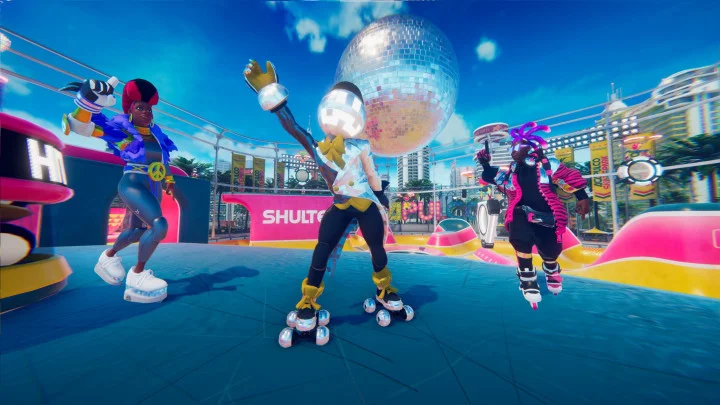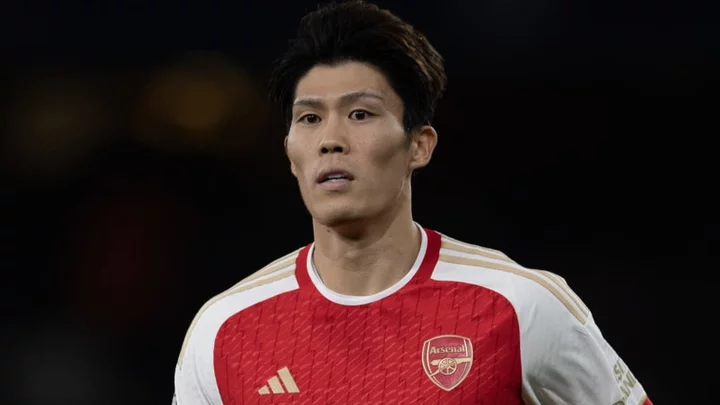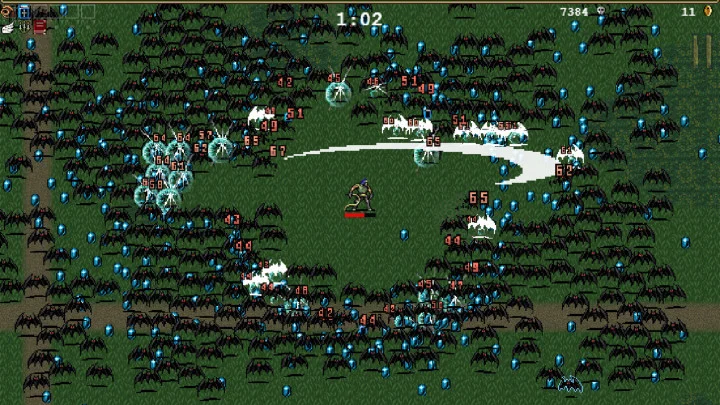In 2011, the newly acquired NetherRealm Studios used its expanded WB resources to reboot the Mortal Kombat franchise. The game and its sequels lovingly honored the original trilogy, while raising the bar for single-player fighting games. Despite the name, Mortal Kombat 1 (available on Nintendo Switch, PC, PlayStation 5, and Xbox Series X/S) is more of a continuation of those titles than a full-on reboot. In fact, the fighter shows love to the less fondly remembered Mortal Kombat releases of the past, such as Deadly Alliance, Deception, and Armageddon. It's a ridiculously feature-packed, forward-looking title with aerial-focused, tag team fighting that’s as entertaining to play as its infamous Fatalities are to watch. It’s well worth the $69.99 price, as well as our Editors’ Choice award for fighting games.
(Credit: WB Games)The New Mortal Kombat Era
It’s not a spoiler to say that Mortal Kombat 1 is really Mortal Kombat 12, in that it’s a direct sequel to Mortal Kombat 11. After defeating the villainous time god Kronika, noble martial artist Liu Kang ascended to godhood, rebooting the Mortal Kombat realms. As a thoroughly good guy, Liu Kang’s new era is meant to be peaceful, and that vibe shift permeates the game’s aesthetic.
Mortal Kombat 1 is bright and colorful. You’ll spend more time spilling blood in lush forests and firework festivals than you will in dank dungeons. Outworld is less of a barren wasteland and more of a fantasy kingdom. Even the Fatality finishing moves are more like ridiculous pranks than outright gory torture porn. Perhaps this is in response to employee complaints about the psychological toll of watching so much human dismemberment. Or maybe I’m just desensitized. Regardless, Mortal Kombat 1 is a beautiful game, one that arguably lends itself toward graphical realism better than the recent Street Fighter 6. I played Mortal Kombat 1 on an Xbox Series S, but you shouldn't have issues playing it on PC due to its reasonable system requirements.
Despite Liu Kang’s best intentions, the new era isn’t perfect—and not simply because Shang Tsung is scheming again. I found Mortal Kombat 1’s 23-character launch roster pretty polarizing. The Mortal Kombat games usually have some overarching philosophy guiding their roster choices. Mortal Kombat 2011 rebooted the first three games. Mortal Kombat X took place in the future and introduced descendants. Mortal Kombat 11 closed out the trilogy with time-travel shenanigans.
Mortal Kombat 1 also has time-travel shenanigans, but this time its overall goal seems to be rehabilitating less well-known characters from the franchise’s questionable 3D era (Deadly Alliance, Deception, Armageddon). So alongside Johnny Cage, Kitana, and Sub-Zero, you'll find forgotten jokers like Ashrah, Havik, and Nitara (played by a bored Megan Fox). This is more of a subjective complaint than a serious issue. Although I’m sure some people will love seeing these character glow-ups, their inclusion reminds me of recent, inexplicable nostalgia for the Star Wars prequels.
(Credit: WB Games)Deadly Alliances
Mortal Kombat 1 plays nothing like the old arena fighters. In fact, it doesn’t play like other modern Mortal Kombat games. Instead, Mortal Kombat 1 takes surprising and welcome inspiration from the Marvel vs. Capcom series. My conspiracy theory is that these systems were originally intended for a new entry in NetherRealm’s own comic book fighter: DC’s Injustice. After all, John Cena’s anti-hero Peacemaker is coming soon as DLC.
Instead of fiddling around with custom moves, you can now alter your playstyle using Kameo fighters. These assist characters serve a wide variety of purposes. They act as combo breakers. They show up during throws and Fatal Blows. They have their own Fatalities. In addition, each one has unique attacks that operate on a cooldown system. Kameos are an excellent, synergistic way to combine multiple combat mechanics, and they give you much to ponder when making character selections. Although there is some character overlap, the Kameo roster is separate from the main roster. The default Kameo roster is a bit small with only 15 fighters, and has some odd choices. But it’s a perfect home for offbeat fighters like Stryker (the cop) and Motaro (the centaur).
NetherRealm games are known for their aggressive DLC rollouts, and the first Kombat Pack is already on the way. It's a bit annoying then that the campaign includes characters, such as Ermac and Khameleon, who you otherwise can't play in multiplayer unless you later pay for them. The story even features some Kameo characters who won't be available at all. However, this is because of plot reasons, and those characters typically have generic move sets, unlike the "true" Kameo fighters.
(Credit: WB Games)Fresh Fighting
Kameos are a great addition, but Mortal Kombat 1’s fighting engine is worthy of praise even without them. For years, people have complained about the series' stiff animation and movement. Mortal Kombat 1 fixes that with full-on air combos. It’s not quite as high-flying as Dragon Ball FighterZ or Marvel vs. Capcom. You won’t accidentally stumble into air brawls nearly as easily, but you’ll take opponents for a ride and it feels fantastic.
Mortal Kombat 1 introduces a sense of fluidity and expressiveness to its fisticuffs that previous games lacked. With my current team, I disorient opponents with Sindel’s scream, pop them up from behind with Sektor’s flying uppercut, and chase them into the air for a few more hits before finishing off with Sindel’s air hairball projectile. I love it, and I feel like I’m just scratching the surface.
Beyond that, other mechanics should feel familiar to Mortal Kombat veterans. You still have four attack buttons and a dedicated block button. You still activate Fatal Blows when low on health. You still spend meter to enhance special moves. I doubt the series’ fighting system will ever become quite as elegant as what Street Fighter or Tekken offer, but Mortal Kombat 1’s design is well designed. I can’t wait to see it at Evo next year.
(Credit: WB Games)Kombat Kontinues
The Mortal Kombat single-player campaign remains robust. You'll spend a few hours watching lavish cutscenes punctuated by fights dictated by the story. I had a lot of fun with Street Fighter 6’s half-baked beat 'em up campaign, but it made me pine for the polish that Mortal Kombat 1 provides.
The story, I must stress, is absurd. It's bonkers to a biblical degree. It starts with the intriguing premise of Liu Kang’s rebooted universe before veering into multiverse tangents. It doesn’t just use characters from Mortal Kombat's dark years; it also remixes the plots of those games. I’m genuinely not sure where NetherRealm Studios goes from here, but I probably said that about the last game, too.
There's much to experience once you finish the story. For example, the Towers provide arcade-style fights complete with unique character endings. But the big single-player addition is the new Invasions mode. Boiled down to its essence, Invasions is just an excuse to fight some more. However, Invasions features many new systems that turn Mortal Kombat into a game that resembles a live-service RPG. Each two-month season gives you a new narrative to play through, like tracking down a rogue Scorpion. You then travel across a series of stylish board game maps where each node makes you play a new encounter. These battles feature wacky modifiers, such as exploding meteors and falling knives.
Characters level up as you play, and you acquire useful talismans and relics to give yourself an extra edge. As a replacement for The Krypt, Invasions also unlocks various cosmetics to use in the multiplayer modes. Invasions lack microtransactions, but you can spend real-world money elsewhere in the game for cosmetics or single-use tokens that simplify performing complex Fatality moves. Aside from the gore, Invasions remind me most of Super Smash Bros. Ultimate’s World of Light campaign. It’s a low-stakes way to feel like you’re making progress by just doing fight after fight after fight.
Finish Your Friends
Compared with its single-player offerings, Mortal Kombat 1 has far fewer multiplayer options. You can pummel friends in local battles or compete against strangers online, use tournament rules to see who is truly the best, and see your ranking improve in the Kombat League.
On the more technical side, Mortal Kombat 1 uses rollback netcode for smooth online fights. However, it’s disappointing that it doesn’t support crossplay at launch, so you’ll only be battling people who own the same system as you. The development team said crossplay is eventually coming, but didn’t give a firm timetable.
KOF, Street Fighter, and Super Smash Bros.: We Name the Best Fighting GamesTime-Tested Might
In the past, I thought Mortal Kombat's fighting was good enough, favoring all the content surrounding it. But now, thanks to its Kameo mash-ups and acrobatic air battles, I’ve never been more enamored with it as a pure fighting game. Factor in the substantial single-player modes, and Mortal Kombat 1 reigns as a new Editors’ Choice winner for fighting games.
Want in-depth video game discussion? Visit PCMag's Pop-Off YouTube Channel.

